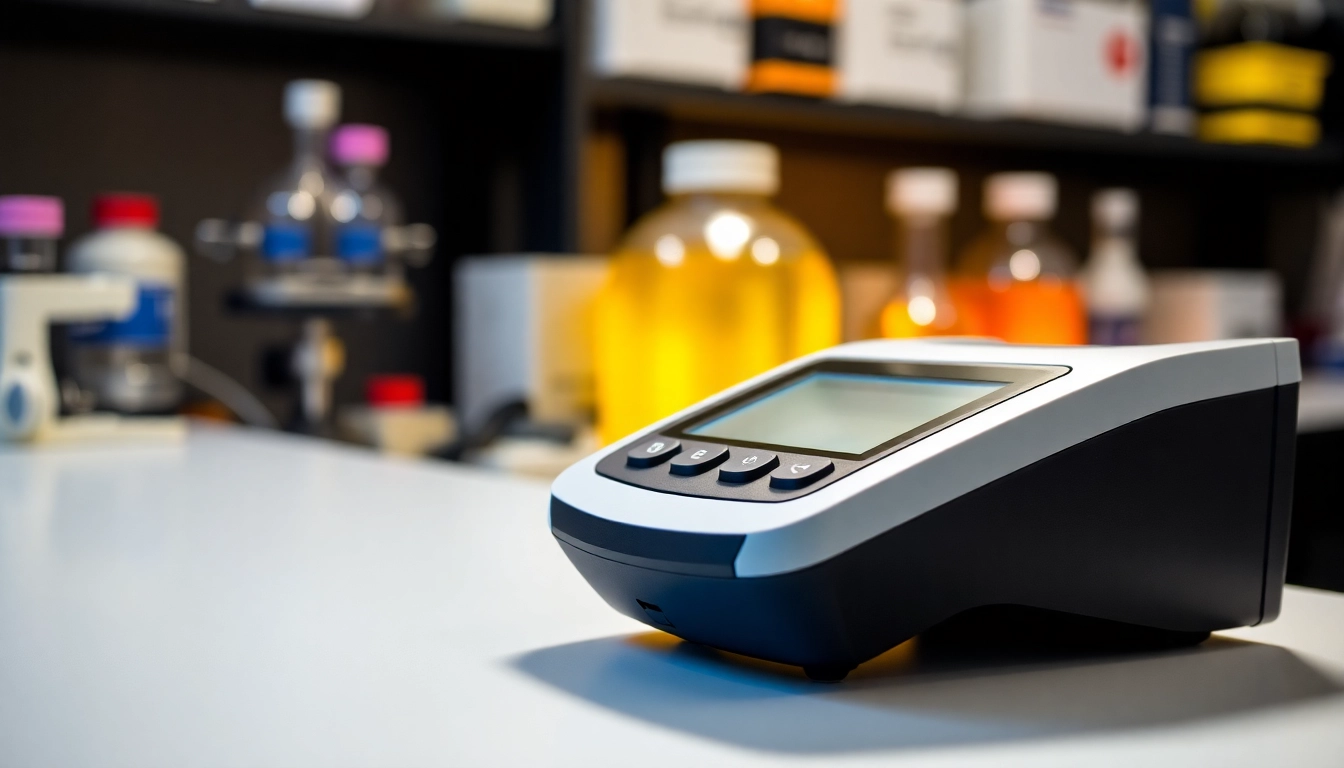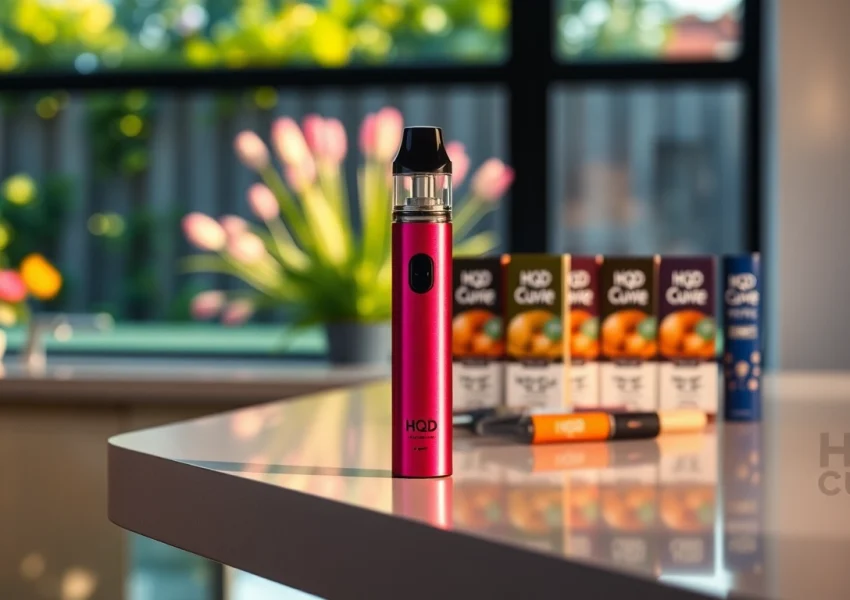Introduction to the Bruker EOS 500 Handheld LIBS Analyzer
In the realm of analytical technology, the pursuit of accuracy and efficiency has become increasingly paramount. Among the devices leading this charge is the Bruker EOS 500 Handheld LIBS Analyzer, a pioneering tool designed to offer real-time elemental analysis. This article delves into the workings of the EOS 500, exploring its core technology, unique features, diverse applications, and operational insights that empower users across various industries.
What is LIBS Technology?
Laser-Induced Breakdown Spectroscopy (LIBS) is an innovative analytical technique that employs a high-energy laser pulse to create a plasma from a small sample of material. As the plasma rapidly cools, it emits light that is characteristic of the elemental composition of the sample. This light is then analyzed spectroscopically, allowing for precise identification and quantification of elements present within the sample. Notably, LIBS technology distinguishes itself through its ability to provide immediate results, which is critical in fast-paced environments where time is of the essence.
Key Features of the Bruker EOS 500
The Bruker EOS 500 stands out in the market with its impressive array of features designed for robustness and flexibility:
- Portability: Weighing only a few pounds, the EOS 500 is designed for easy transportation, making it ideal for fieldwork.
- User-Friendly Interface: A sophisticated yet intuitive interface ensures ease of operation for seasoned analysts and novices alike.
- High Sensitivity: The analyzer’s advanced detection capabilities allow for the identification of trace elements in various materials.
- Fast Analysis Time: Users can expect rapid feedback, often within seconds, which is crucial in industrial and research settings.
- Battery Operated: Designed for efficiency in the field, the EOS 500 can operate independently without constant access to power sources.
Applications of the Handheld Analyzer
The versatility of the Bruker EOS 500 makes it applicable in numerous sectors:
- Metal and Alloy Analysis: Used extensively in metallurgical studies to assess material integrity.
- Environmental Sampling: Facilitates rapid on-site testing of soil, water, and air for contaminants.
- Chemical Analysis: Effective in laboratories for both qualitative and quantitative elemental analysis.
- Mining and Mineral Exploration: Assists in identifying mineral composition and guiding excavation processes.
- Recycling and Waste Management: Plays a key role in sorting materials for recycling efforts.
Getting Started with the Bruker EOS 500
Unboxing and Setup Guide
Upon receiving the Bruker EOS 500, unboxing and proper setup are crucial for optimal use. The package typically includes the analyzer, a user manual, a USB cable, a charging station, and calibration standards. Begin by carefully examining each component for any signs of damage during transit.
Follow these steps to set up your EOS 500:
- Remove the analyzer from its packaging and place it on a stable surface.
- Connect the USB cable to the charging station and plug it into a power outlet.
- Insert the battery into the analyzer if it’s not pre-installed.
- Turn on the device and familiarize yourself with the user interface by navigating through the initial setup prompts.
- Consult the user manual for calibration procedures to ensure accuracy in analysis.
Important Safety Precautions
While the Bruker EOS 500 is designed with safety in mind, certain precautions should be taken to prevent accidents:
- Always wear protective goggles when operating the device to shield your eyes from laser exposure.
- Ensure that the device operates in a well-ventilated area to avoid inhalation of potentially harmful fumes that may arise during analysis.
- Keep the device and its accessories clean and properly maintained to ensure longevity and safety.
- Follow all manufacturer guidelines and procedures strictly to mitigate hazards related to electrical components.
Essential Accessories for Optimal Use
To maximize the efficiency of the Bruker EOS 500, consider the following accessories:
- Calibration Standards: Essential for ensuring accurate readings and reliable data.
- Protective Carrying Case: A sturdy case for transporting the analyzer safely during fieldwork.
- Additional Charging Stations: Useful for extended use in remote locations.
- Cleaning Kits: To maintain the optical components in top condition for the best performance.
Operational Insights for Effective Analysis
Preparing Samples for LIBS Testing
In preparation for testing with the EOS 500, proper sample preparation is vital to achieving accurate results. Follow these recommended practices:
- Sample Surface Preparation: Ensure that the sample surface is clean, dry, and free from contaminants, as any residue can interfere with results.
- Representative Sampling: Choose samples that accurately represent the overall material composition to avoid skewed results.
- Sample Size: Generally, a sample weighing around a few grams is ideal, but sizes may vary depending on the material.
- Spatial Orientation: Position the sample appropriately to focus the laser precisely on the designated area for analysis.
Understanding Software Interfaces
The Bruker EOS 500 integrates a sophisticated software interface to streamline data acquisition and analysis. Users should familiarize themselves with the following features:
- Data Logging: The software allows for seamless logging of data which can be reviewed and analyzed later.
- Real-Time Analysis: Results are displayed instantaneously, facilitating immediate decision-making.
- Customizable Settings: Users can adjust parameters such as energy levels and frequencies to optimize performance for different materials.
- Training Mode: A feature that allows operators to practice without affecting the main analysis settings.
Troubleshooting Common Issues
While the Bruker EOS 500 is a high-performing device, users may encounter some issues. Here are solutions for common problems:
- Device Not Powering On: Ensure the device is charged, and check connections for the power source.
- Inconsistent Readings: Check the calibration status and re-calibrate the device if necessary.
- Sample Not Analyzing Properly: Re-assess sample preparation to ensure clean and appropriate surface conditions.
- Software Crashes: Make sure the software is updated to the latest version and restart the device if needed.
Case Studies: Success Stories Using Bruker EOS 500
Industry Applications in Mining
In the mining sector, the EOS 500 has revolutionized the process of mineral composition analysis. A notable case involved a mining company that was seeking to enhance its mineral exploration efforts. By utilizing the EOS 500, they were able to conduct rapid analysis directly on site, leading to a 30% increase in operational efficiency. The analyzer’s portability allowed field teams to make informed decisions quickly, significantly reducing expensive delays associated with lab-based testing.
Environmental Monitoring Success
Environmental agencies have also harnessed the capabilities of the Bruker EOS 500 for effective monitoring of pollutants. In a recent project, an environmental consultancy used the analyzer to evaluate soil contamination levels in an industrial site. By utilizing the device, they obtained real-time data that enabled them to initiate remedial actions quicker. This application demonstrated the analyzer’s critical role in reducing environmental risks and protecting public health.
Electronics and Materials Testing
The electronics manufacturing industry has found great value in the EOS 500, particularly for quality control processes. A electronic components manufacturer integrated the analyzer into their production line for assessing the elemental composition of solder materials. This proactive approach led to identifying subpar materials before they could negatively affect product quality, thus saving costs associated with defective products and enhancing overall production reliability.
Conclusion and Future of Handheld LIBS Technology
Advancements in Analytical Techniques
The future of handheld LIBS technology like the Bruker EOS 500 seems promising as innovations in laser technologies and software analytics continue to evolve. With increasing demands for rapid and precise material characterization, enhancements in this realm will likely lead to notable advancements in real-time data analysis and greater accessibility for various industries.
Integrating LIBS with Other Technologies
As LIBS technology progresses, there is significant potential for integration with other analytical techniques. Combining LIBS with techniques such as X-Ray Fluorescence (XRF) and Fourier Transform Infrared Spectroscopy (FTIR) may provide comprehensive insights into material properties. This multidisciplinary approach not only broadens the analytical capabilities but also improves reliability and accuracy, establishing LIBS as an invaluable tool within a multi-modal analytical framework.
Final Thoughts on the Bruker EOS 500 LIBS Analyzer
In summary, the Bruker EOS 500 Handheld LIBS Analyzer represents a significant stride towards efficient and effective elemental analysis across various sectors. Its portability, rapid analysis capability, and user-friendly interface make it an ideal solution for fieldwork and laboratory settings alike. As the demand for precise analytical solutions grows, the EOS 500 stands poised to play a crucial role in shaping the future of material characterization and environmental analysis, aligning with industry standards for innovation and responsiveness.






